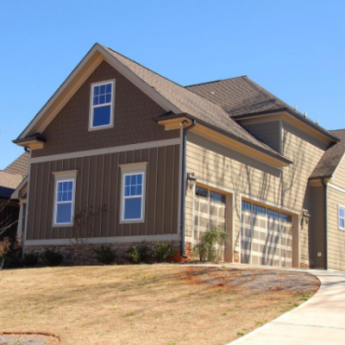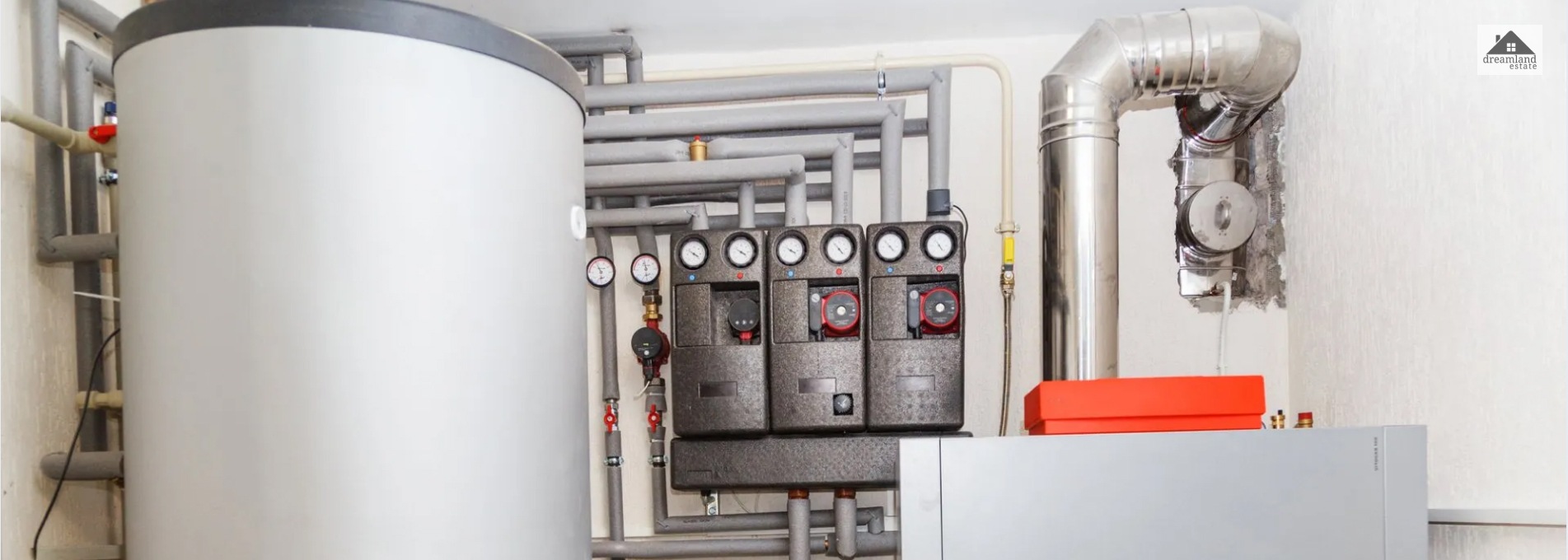Different Types Of Water Damage

Water damage takes many destructive forms, from contained leaks to catastrophic floods.
Each type of water damage is unique in its causes, characteristics, and consequences, requiring specialized mitigation and remediation techniques to fully restore the damage.
Identifying the underlying source of water damage is important to ensuring an effective and comprehensive restoration.
Burst Pipes
Burst or ruptured pipes allow water to gush out under pressure, dousing adjacent areas, structures, and property. Burst pipes often require emergency plumbing repairs to stop flooding and water damage. Restoration involves drying wet areas, repairing or replacing damaged materials, and mitigating any long-term effects of water exposure like wood rot or mold growth.
Leaks
Slow, undetected leaks gradually seep water over time, soaking materials until discovered. Leak sources include loose fittings, corrosion, cracks, or other compromised pipe sections. Restoration from leaks focuses on drying soaked areas while investigating and repairing the root leak cause(s) to prevent re-occurrences. Leaks may lead to mold or structural damage if left unnoticed for too long.
Sewer/Drain Backups
Clogged or broken sewer lines, drains, pumps, or clogs can cause wastewater and sewage to back up, flooding basements, crawlspaces, or other low-lying areas. Raw sewage exposure leads to health and safety issues, requiring professional cleaning and disinfecting. Restoration focuses on both water damage and contaminant removal to eliminate health risks before rebuilding or repairing other damaged areas and materials.
Floods
Flooding occurs when water overflows or breaks through normal barriers like embankments, gutter systems, or flooring. It washes out or submerges property, leaving damage behind as the water recedes.
Flood restoration is extensive and often requires the demolition and rebuilding of wet materials. Drying equipment, air movers, dehumidifiers, filtration, and disinfecting are needed after the demolition is complete. Floods often lead to additional issues like mud, silt, sewer overflow contamination, and erosion.
Storm Surge
Coastal storm surge flooding, often caused by hurricanes, brings seawater flooding onto land. It saturates areas, carrying debris, salt, sediment, and contaminated property. Restoration requires drying equipment as well as specialized cleaning for saltwater and debris removal. Materials may need additional drying, refinishing, or replacement. Mold exposure risk is high due to moisture trapping and salt.
Mold Damage
Mold growth follows water damage, developing on porous materials that remain very damp for extended periods. Mold remediation requires controlled demolition or removal of damaged materials, then proper cleaning and remediation by trained mold removal contractors.
In some cases, fully contained mold removal with negative air pressure equipment is needed to prevent re-contamination. Effective remediation leads to rebuilding and repairs to finish restorations.
How To Clean Up Water Damage And Repair?
Water damage cleanup requires prompt action to minimize harm and costs. It is best to hire a professional water damage restoration in Billings, MT. They have the proper training, equipment, and protective gear to handle any type of water damage.
Calling in professional water damage restoration experts promptly can help minimize damage and prevent serious long-term consequences from water damage in homes or businesses. Let the experts handle the cleanup and repairs properly from the start.
To Wrap Up
Different types of water damage have unique needs that require identification to ensure comprehensive and effective restoration. Understanding the underlying cause of water damage is critical to mitigating loss, resolving hazards, and restoring the property to a safe, habitable condition.
Read Also:











Leave A Reply